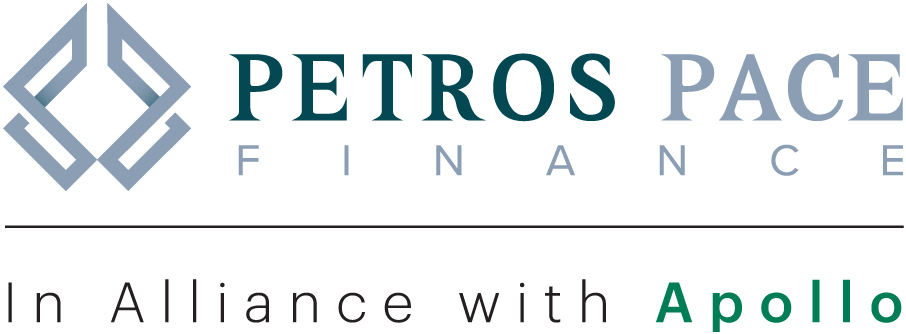 I just returned from several days at the Structured Finance Association’s annual conference in Las Vegas, where I was on an industry panel discussing the impact of C-PACE financing on sustainability initiatives across the commercial real estate industry. While I enjoy speaking in these formal settings, I find that the real benefit of attending industry gatherings is in the informal discussions — and we had many, with a range of investors, bankers, sponsors, developers, and other industry players across a range of topics. No subject was more prevalent or urgent than the discussion around the chilling effect of higher interest rates on financing new or existing projects.
I just returned from several days at the Structured Finance Association’s annual conference in Las Vegas, where I was on an industry panel discussing the impact of C-PACE financing on sustainability initiatives across the commercial real estate industry. While I enjoy speaking in these formal settings, I find that the real benefit of attending industry gatherings is in the informal discussions — and we had many, with a range of investors, bankers, sponsors, developers, and other industry players across a range of topics. No subject was more prevalent or urgent than the discussion around the chilling effect of higher interest rates on financing new or existing projects.
The C-PACE industry – the entire structured finance community – has been through a lot these past few years, navigating the impact of the pandemic and resetting with a “new normal.” In many ways the C-PACE industry emerged post-pandemic stronger than before, as the pull back in traditional lending sources combined with a renewed vigor around ESG and sustainability initiatives drove increased awareness and acceptance of the benefits of C-PACE financing. At Petros, with our large and incredibly strong balance sheet, we reaped the benefits of the increased importance on certainty of close and financial flexibility. C-PACE came of age.
Today’s environment – full of page-one stories of large scale commercial real estate bankruptcies and failed refinancings – presents yet another test for the industry. What lessons can we learn from the pandemic and from previous tight credit environments? How can developers, owners, and lenders work to mitigate the potential risks of refinancing the capital stack? How can underwriting standards be improved?
Here are a few tips I offered to those in Las Vegas:
- Where you build is as important as what you build. Invest in and develop properties in growth markets. Too many deals unable to be refinanced are located in areas with demographic and economic headwinds.
- Choose your partners carefully. In these times, it’s critical to work with experienced developers, lenders and contractors in specific regions and asset classes. This is the opposite of the “one size fits all” approach.
- Think through the worst case. By modeling a number of different stress scenarios and circumstances, you will be prepared for most outcomes – and armed to overcome any hurdle.
- Government programs can be life savers. There are a slew of municipal and state initiatives – many of them tied to sustainability – that provide financial flexibility and access to capital. These can provide crucial support in trying times.
And of course, I made the point that C-PACE financing provided by blue-chip partners – with its long-term, fixed interest rates and unique repayment characteristics – is a durable and effective solution for initial construction and refinancing assets in turbulent economic periods. At Petros, we are engaged in very active discussions with owners and developers looking for support navigating this challenging rate environment. We are confident that C-PACE financing will emerge from this period stronger and further equipped to support the growth initiatives of the real estate industry.

